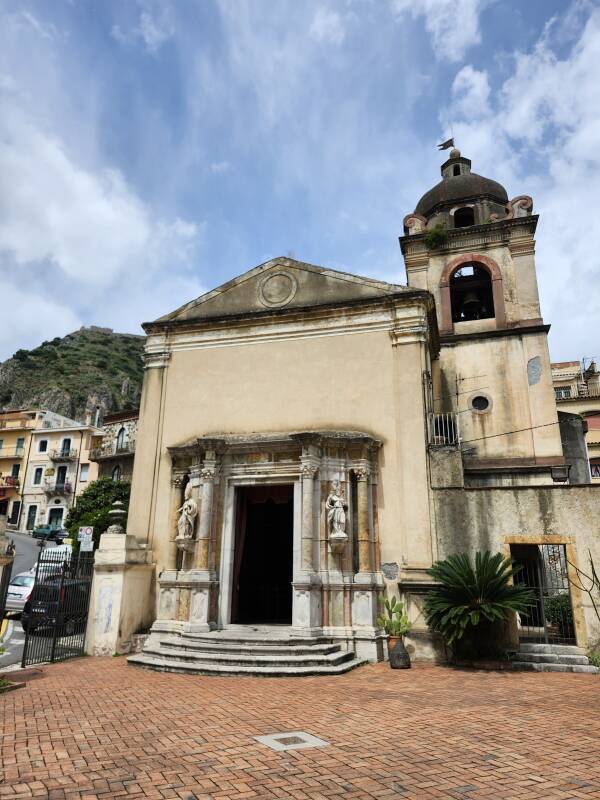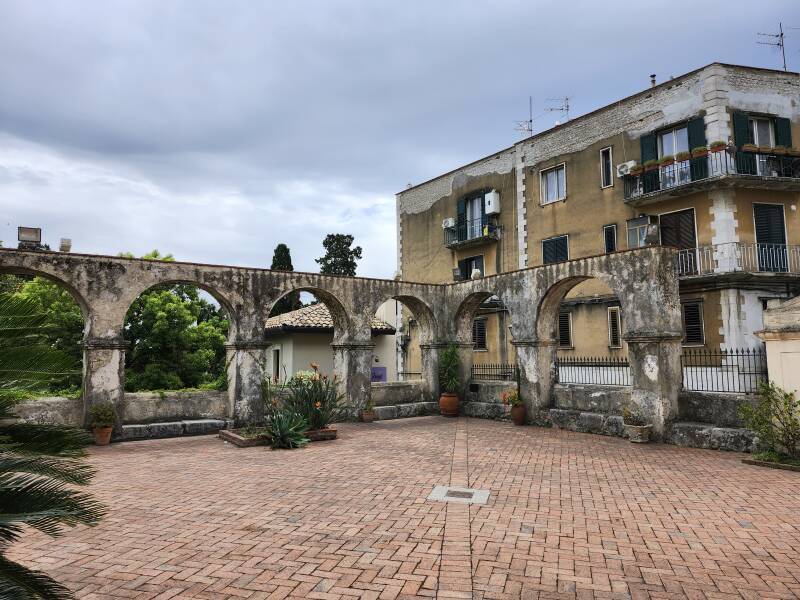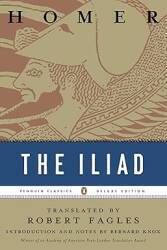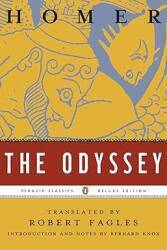
The Ancient Ruins
Exploring Taormina's Ancient Ruins
The Levant and Anatolia had permanent human habitation
as early as 12,000 BCE.
There may have been some people of non-Indo-European background
living on Sicily, but only faint traces remain.
Proto-Indo-European
may have existed as a single language
spoken north of the Black Sea around 3500 BCE.
Indo-European speakers were diversifying and expanding
into eastern Europe by about 2500 BCE.
Pre-Germanic had split off around 3300 BCE,
pre-Italic around 3000 BCE,
and pre-Greek around 2500 BCE.
By 1500 BCE speakers of Indo-European languages
had spread down through the Balkan peninsula
and part-way down the peninsula of Italy.
The Sicels,
mentioned by Homer as the inhabitants of Sicily
in the Odyssey,
were an Indo-European people.
Evidence of Bronze Age
Mycenaean
influence on the Sicels has been found in Sicily.
The Bronze Age Collapse around 1200 BCE
ended the cities and trade routes of the Mycenaeans
along with all the other major civilizations
around the eastern Mediterranean except for the Egyptians.
Greece rebuilt and thrived,
to the point that its population outgrew its agricultural base.
In the 8th century BCE,
Greece began establishing colonies
all around the Mediterranean and Black Seas.
The southern third of the Italian peninsula
and the island of Sicily became
Megáli Éllás
or
Μεγάλη
Έλλάς,
"Greater Greece",
settled along the coasts by colonists from Greece.
Greek colonists arrived near Taormina in 734 BCE
and established the nearby coastal settlement
and port of Naxos.
Dionysius of Siracusa destroyed
Naxos in 403 BCE,
and founded this mountaintop settlement in 392 BCE.
The Greek colonists called it
Ταυρομένιον
or Tauroménion,
which evolved into Taormina in Italian.
Tauroménion eventually became a
Roman colony in 21 BCE.
Then the Roman Empire crumbled and faded away
through the fourth century CE,
formally ending in 476 CE if you want to put a
specific date on it.
Tauroménion was seized by the Byzantine or
Eastern Roman Empire,
based on Constantinople,
and went back to being Greek.
The Arabs of the Fatimid Caliphate
captured the city after a 30-week seige in 962.
They renamed it al-Mu'izziyya
in honor of their Caliph,
and greatly expanded the mountaintop fortress overlooking it.
The Norman count Roger I of Sicily
captured the town and the
relatively new Arab fortress in 1078.
The population of the town and surrounding territory
still mostly spoke Greek.
Italy and Sicily were misruled by a complicated sequence of
foreign rulers — the French Bourbons,
various Spanish dynasties,
the Holy Roman Empire
(neither holy, Roman, nor truly an empire),
and others until the Risorgismento
of 1860–1870 formed the unified state of Italy.
Tourism began to develop soon after that.
This map shows the sites described here,
linked in an arbitrary order
that lets me give you a map including all of them.
Naumachia
Much of the archaeology of Taormina seems to have been done in a hurry while consumed by an obsession with the Romans, with only enough subsequent study to realize that the initial conclusions were wrong. The purported Naumachia is one example.
Naumachia or ναυμαχία is ancient Greek for "naval combat". The Romans used the term for their mock naval battles staged as mass entertainment.
Julius Caesar staged a huge one in 46 BCE, commanding the excavation of a basin near the Tiber River, large enough to hold actual warships. He made 2,000 combatants and 4,000 rowers, all of them prisoners of war, stage a battle for entertainment. It was intended to re-enact a naval battle between the navies of Egypt and Tyre.
In 2 BCE, Augustus said "Hold my chalice of wine and watch this", and put on an even larger one. He had slaves dig outward from both banks of the Tiber, creating a 550×365 meter basin in which 3,000 fighters (plus an untold number of rowers) in thirty ships with rams plus many smaller boats staged a naval battle between the Greeks and Persians.
In 52 CE, Claudius put on what seems to have been the most extreme naumachia. It was on a natural lake with one hundred ships and 19,000 fighters, all of them prisoners who had been condemned to death. The two forces represented the navies of Rhodes and Sicily. This is where the phrase "We who are about to die salute you" was uttered, and probably this was the only such use of it.
As gigantic as these events and their basins became, warships are large. In most known instances the ships could only make minor maneuvers and each ship was far more crowded with fighters than it would be in an actual naval battle. Realism wasn't important — the point was a spectacle where every fighter on one side, and many on the other, were killed.
Nero, never known for restraint or good taste, staged naval spectacles within amphitheatres in 57 and 64 CE, as did Titus in 80 and Domitian in 85 and 89.
It's a spectacular idea, and when a Greek wall with Roman modifications was found next to a large water cistern in 1943, a wild assumption was leapt to. Who knows, maybe the discoverers were Nazi archaeologists looking for something Hitler hoped they might find. After all, the Nazi headquarters for all the Mediterranean and North Africa was in a luxury resort in Taormina.
The purported naumachia actually was a stoa or στοά, a covered walkway or portico with niches forming one side of an agora or marketplace. The ancient Greek version of a strip mall, roughly.


This stoa was built by the Greek colonists in the 1st century BCE. It's 130 meters long with 18 large niches along its length. The water reservoir was simply a water supply for the city.

Newer structures were built on top of the stoa. It's about a story and a half below the street at its southwest end.


The kitchen in the back of a restaurant on its lower side opens into the narrow space.


A building off its northeast end has tilework depicting what I interpret as jazz-hands stigmata.


Odeon
An odeon or ᾠδεῖον, meaning "singing place" in Ancient Greek, is a performance space smaller than a theatre. An odeon is about a quarter the size of a theatre. Unlike a theatre, an odeon has a roof for acoustical purposes. It's a facility for musical performances such as singing, musical shows, and performances of poetry, which was sung in Ancient Greece. Homer's Iliad and Odyssey were sung, and the Aeneid, Virgil's fan fiction of the Homeric epics, famously begins with the line "I sing of arms and the man."
The concept lives on — many movie theatres are named "Odeon".
The Greek colonists of Tauroménion had built a temple of Aphrodite around 250 BCE. Today, its location is behind the current Chiesa di Santa Caterina d'Alessandria.
To get there, go out through the Porto Messina at the northeast end of Corso Umberto, the pedestrian street with all the tourists shuffling through central Taormina.
Turn left and go uphill one block, turn left again, and pass through Piazzetta Marinai d'Italia, the Little Square of Italian Sailors.

When I was there, someone was setting up an exclusive event in a rear courtyard. They were about to put up fencing and fabric to shield the elite from the eyes of the vulgar.

Around 200 BCE, the Greeks converted their temple of Aphrodite into part of an odeon. These visitors are sitting and standing on the performance area, facing the seats.

The stylobate or rectangular base of the temple, and its peristyle or colonnade along one side, formed the skené or σκηνή, the scene that stood behind the performance area. Part of that can be seen today, below later construction.

The odeon had a capacity of fewer than 200 people. It was for musical and literary performances for the elite of the city.

The Chiesa di Santa Caterina was built over the downhill corner of the Odeon. Rubble was discarded here, and other structures were built over the Odeon, and it seems to have been forgotten. It was unexpectedly rediscovered in 1892. Also see the remains of the other Hellenistic structure beneath the floor of Chiesa di Santa Caterina d'Alessandria, described and shown on the page about the modern town. That structure would have been adjacent to the Odeon. Here's a plan of the site:

The walls of the church are the broadly outlined rectangle in the lower left quadrant of that plan. Fragments of a pre-existing structure are shown below it. Part of the temple is at lower right, where you would enter following my description above.

The cavea or seating area was, as usual, built into a natural slope. It had eleven rows of seats, divided by three staircases into four cunei or sectors.


Some of the passageways beneath the seats for the audience remain.

Temple of Isis and Serapis
Ptolomy was one of Alexander the Great's generals, and he took power in 305 BCE as the ruler of Egypt and Alexander's successor. Taking the name Ptolomy I Soter or Πτολεμαῖος Σωτίρ, he set himself up as the first of a new line of Pharaohs. Egypt and especially Alexandria became a center of Hellenistic culture.
Ptolomy ordered that Serapis, a form of Osiris, be promoted in order to unify his Greek and Egyptian subjects. Serapis caught on, and following Ptolemaic rulers continued his promotion.
Within Egypt, the goddess Isis had first appeared in the Old Kingdom of approximately 2686–2181 BCE, as the sister and wife of the divine king Osiris. In the spreading Greek and then Roman spheres, however, Serapis was often depicted as the consort of Isis as a cult of Isis and Serapis spread. One of their joint temples was here.
Ancient Temple DesignThere is more about this on the page about Paestum, but the short version is that temples around the eastern Mediterranean and east into Mesopotamia share common design elements. These include the temples of several religions including Egyptian, Mesopotamian, Sumerian, Jewish and other Semitic religions, Greek, Roman, and others. Even Shintō shrines in Japan happen to have a similar nested architecture.
The deity is believed to reside within a special container or structure, the "Holy of Holies", built and maintained by humans. Only a small and restricted number of specially trained people may approach it. That innermost seat of the deity is enclosed within a special structure, holy but not ultimately so. An outer structure containing all of that is typically all that ordinary people can see, and only from the exterior.
The Temple of Isis and Serapis in Taormina was built and expanded by colonial Greeks through the fourth and third centuries BCE. And so, being Greek, the relevant terminology from outermost in was:
| Greek | Western Christian architecture | Explanation |
| πρόναος or prónaos, or νάρθηξ or nάrthex | narthex | The "porch" or entryway |
| ναός or naós | nave | The main structure where, in some religions, non-priestly adherents may gather |
| ἅδῠτον or ádyton | sanctuary or chancel | The "Holy of Holies" |
The common Greece-through-Mesopotamia design built the naos as a rectangular structure, open at one end and with the ἅδῠτον or Holy of Holies as a small chamber at the other end of the naos. Greek and thus Roman temples then surrounded the windowless naos structure within one or sometimes two rectangular arrays of columns supporting a roof. The pronaos or narthex was thus a space between the naos and the row of columns across the entry end of the overall temple.
A major difference is that Christian architecture places the altar at the front, within the holy of holies. But the common Greece-through-Mesopotamia design places the altar not within the Holy of Holies, but outside the outermost enclosing structure.
The idea is that the deity, residing within the Holy of Holies, can look out through the naos and the pronaos or narthex to see the altar, on which non-sanctified people may participate in making offerings. The temple is usually aligned so that the deity is looking out over the altar toward the sun rising in the east.
Here's a plan of the Jewish Temple in Jerusalem,
described in more detail on my
Paestum
page.
Notice the large altar out in front of
the east end of the temple,
in the inner Temple courtyard,
and the three chambers within the Temple's holy structure:
Innermost with "T",
Central with "EMPL", and
Outermost with "E".

Plan of Solomon's Temple of 10th to 6th century BCE from John Henry Wright's A History of All Nations From the Earliest Times; Being a Universal Historical Library, 1905, via Wikipedia.

A statuette of a priestess has been found, showing that the Temple of Isis and Serapis was still operating in the 2nd century CE. Later, the Chiesa di San Pancrazio, seen above, was built over the temple. See the page about more recent Taormina for more details and pictures of the church.
Many Christian churches were built over existing non-Christian temples to show the triumph of the new faith. Some of the stylobate or base platform and the walls of the naos of the original temple here were incorporated into the new structure.
Temples from Greece through Mesopotamia opened toward the east so the deity could look out over the altar toward the rising Sun. Christian design usually reverses that, with the entryway at the west end so the people inside are looking toward the altar at the east end. But sometimes, as in Taormina, local geography doesn't cooperate.
The original altar for sacrifices to Isis and Serapis would have been in today's courtyard in front of the new church.

Roman Bath, They Said
There was another archaeological surprise in 1990, when they discovered a large structure under Piazza San Pancrazio. It's the ruins seen below close to the church and its courtyard.

The immediate assumption was, of course, that it was a Roman bath. However...
Some clearly Greek structures dating back to around 300 BCE are in the lower layers. A residence had been built on top of that in the 1st–2nd century CE, so that would have been during Taormina's time as a Roman colony. But most of what you see here is more recent, built some time in the 5th–6th century based on the brickwork technology. Since the western Roman Empire finished crumbling away when Romulus Augustus, its rather nominal last Emperor, was deposed by the barbarian general Odoacer in 476 CE, that makes this Byzantine. And, this certainly isn't a residence.

Parts of it look like parts of a public bath. There are two semicircular pools, and mosaic floors. And so, of course, "Roman Bath" appears on all the signs and maps. Or, frequently, Terme di San Pancrazio, the Hot Baths of Saint Pankratios.
But the inconvenient reality is that there is no sign of any system for heating water. Without heating there is no tepidarium or calderium, no warm room or hot room. No one wants a bath facility that has only multiple frigidaria, cold rooms. Well, maybe the ascetic branch of the Stoics, just to make their grimly determined point. But Tauroménion hadn't been home to such a fanatical community.


As seen above with the Temple of Isis and Serapis being replaced some time after the 2nd century CE with a Christian church, demonstrating the triumph of the new belief over the old, a similar process can happen in other fields.
As you can see hints of above, and close up below, the site also hosts a modern public bathroom. New plumbing triumphs over the old! It opens at 09:00, closes at 23:30, and costs €1.00.
My lodging was nearby, so I have no idea whether this facility provides hot water for washing your hands.
But I doubt that it does.

Byzantine Tombs
During Taormina's era of Byzantine rule, 476‐962, a monastery was established outside the city walls. It was near the spectacular viewpoint about 300 meters down the road from where I was staying, toward the waterline and the train station.
The monastery was dedicated to Αγία Αικατερίνη τις Αλεξάνδρειας or Saint Catherine of Alexandria. The monastery's painting and statue of her ended up in the relatively newer (17th century) church dedicated to her a short distance inside the northeastern city gate along Corso Umberto.

In 1996, the city was doing construction work to channel rainwater along this access road, and they discovered a set of Byzantine era tombs.

These tombs would have been associated with the monastery, located a short distance above them.


The original Greek colonists had built a literal akropolis, a high fortified settlement, on the peak overlooking today's town. To see pictures and a description of it, continue to the next page.
Where Next In Italy?
( 🚧 = under construction )
In the late 1990s into the early 2000s I worked on a project to
scan cuneiform tablets
to archive and share 3-D data sets,
providing enhanced visualization to assist reading them.
Localized histogram equalization
to emphasize small-scale 3-D shapes in range maps, and so on.
I worked on the project with Gordon Young,
who was Purdue University's only professor
of archaeology.
Gordon was really smart,
he could read both Sumerian and Akkadian,
and at least some of other ancient languages
written in the cuneiform script.
He told me to go to Italy,
"The further south, the better."
Gordon was right.
Yes, you will very likely arrive in Rome,
but Italy has domestic flights and a fantastic train system
that runs overnight sleepers all the way to
Palermo and Siracusa, near the western and southern corners
of Sicily.
So, these pages are grouped into a south-first order,
as they should be.


